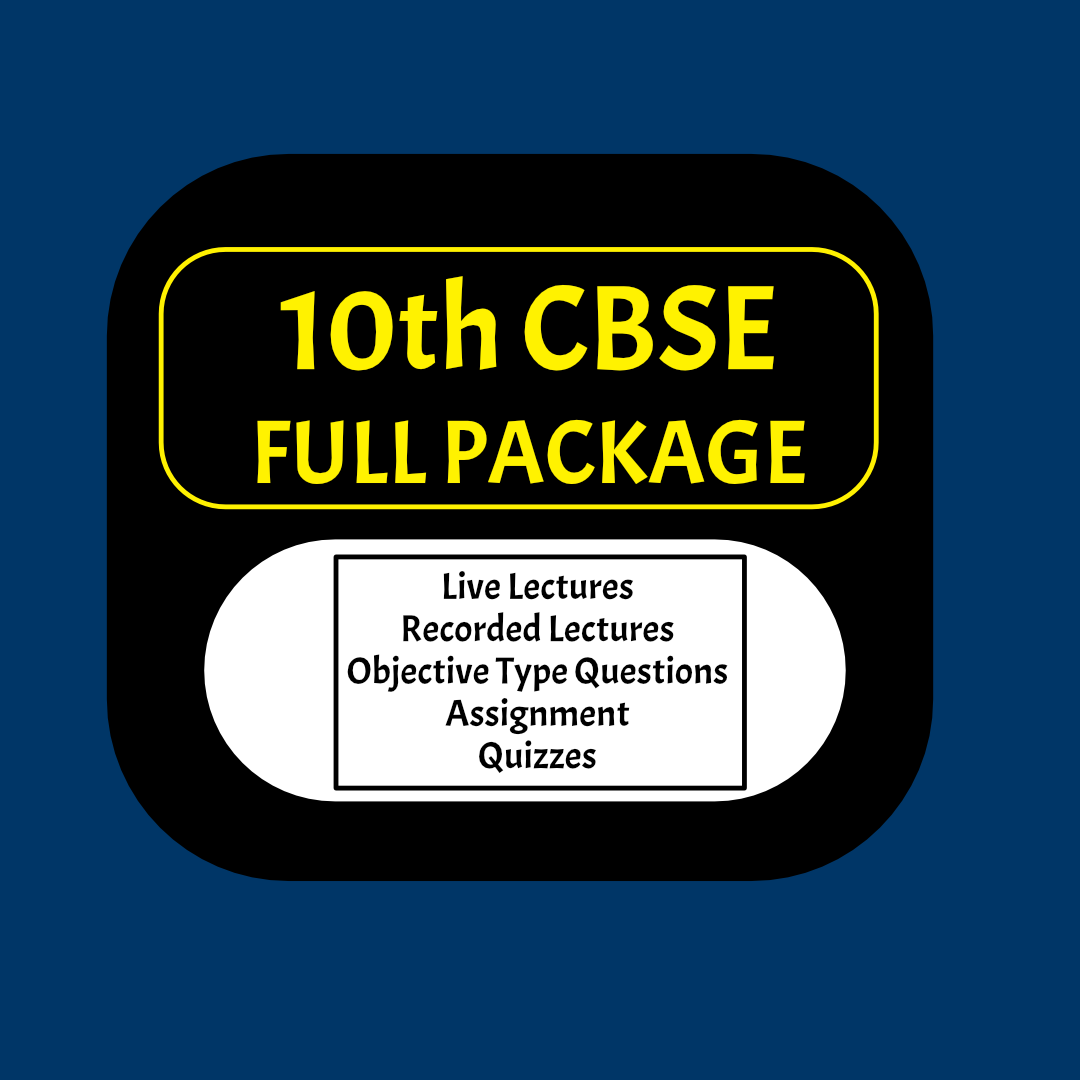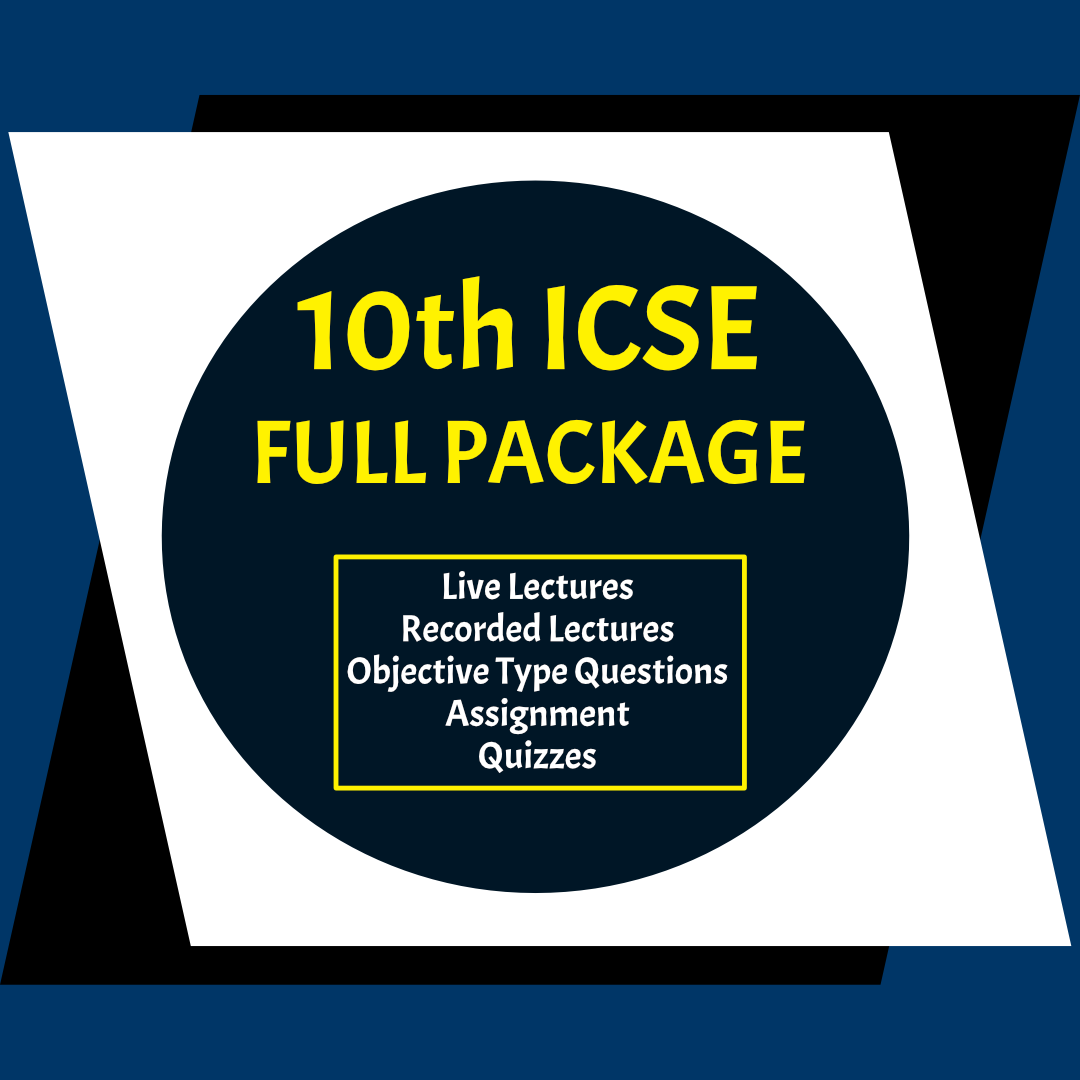Refraction & Reflection Part 1 - Lecture 1
Light is a form of energy which produces the sensation of sight.
Speed of light in vacuum / air = 3 × 108 ms–1
Ray of light : A line drawn in the direction of propagation of light is called ray of light.
Beam of light : A group of parallel rays light emitted by a source of light is called beam of light.
Reflection of light : The phenomenon of returning of light in the same medium after striking a surface is called reflection of light.
Laws of reflection : The reflection of light from a surface obeys certain laws called laws of reflection.
(i) incident angle is equal to reflected angle i.e. i = r.
(ii) Incident ray, reflected ray and normal to the reflecting surface at the point on incident lie in the same plane.
Concave mirror : concave mirror is a part of a hollow sphere whose outer part is silvered and the inner part is reflecting surface.
Convex mirror : convex mirror is a part of a hollow sphere whose outer part is reflecting surface and inner part is silvered.
Centre of curvature : The centre of a hollow sphere of which the spherical mirror forms a part is called centre of curvature. It is denoted by C
Radius of curvature : The radius of a hollow sphere of which the spherical mirror forms a part is called radius of curvature. It is denoted by R
Pole : The mid point of a spherical mirror is called its pole. It is denoted by P
Aperture: The part of spherical mirror exposed to the incident light is called the aperture of the mirror.
Principal Axis: A line joining the centre of curvature (C) and pole (P) of a spherical mirror and extend on either side is called principal axis of the spherical mirror.
Principal Focus : A point on the principal axis of a spherical mirror where the rays of light parallel to the principal axis meet or appears to meet after reflection from the spherical mirror is called principal focus. It is denoted by F.
Focal Plane : A plane normal or perpendicular to the principal axis and passing through the principal focus (F) of the spherical mirror is called focal plane of the spherical mirror.
Focal length (f): The distance between the pole (P) and the principal focus (F) of a spherical mirror is called the focal length of the spherical mirror.
f = , Where R is the radius of the curvature of the mirror.
Focal length and radius of curvature of a concave mirror are negative.
Focal length and radius of curvature of a convex mirror are positive.
Sign Conventions for reflection by spherical mirrors
(1) All distance are measured from the pole of a spherical mirror.
(2) Distance measured in the direction of incident light are taken as positive. Distance measured in the direction opposite to that of the incident light are taken negative.
(3) The upward distance perpendicular to the principal axis are taken as positive, while the downward distance perpendicular to the principal axis are taken as negative.
Radius of curvature plane mirror = ( infinite)
Focal length of a plane mirror =
Mirror Formula : The relation between u, v, and focal length (f) of a spherical mirror is known as mirror formula.
That is
Linear magnification : Linear magnification produced by a mirror is defined as the ratio of the size
( or height) of the image to the size of the object . It is denoted by m.
That is
Power of mirror (P) = =
Linear magnification produced by a plane mirror = + 1.
Refraction of light: The bending of light rays when they pass obsessively from one medium to the other medium is called refraction of light .
A transparent medium through which light travels fast is known as optically rarer medium.
A transparent medium through which light travels slow is known as optically denser medium.
Laws of refraction
(i) The incident ray, the refracted ray and the normal to the surface separating two media all lie in the same plane.
(ii) The ratio of the sine of the incident angle (i) to the sine of the refracted angle (r) is constant
i.e. sin i/ sin r = constant
This constant is known as the refractive index of second medium w.r.t the first medium.
Absolute refractive index of a medium is defined as the ratio of the speed of light in vacuum (c) to the speed of light in the medium (v)
i.e. n = c / v
Relative refractive index of medium. 2 w.r.t. the medium 1 is defined as the ratio of the speed of light in medium 1 (v1) to the speed of light in medium 2 (v2).
i.e. n21= v2 / v1













